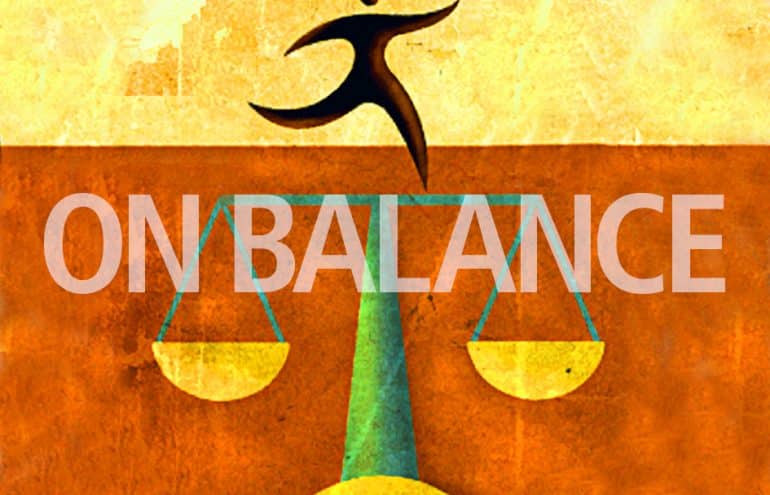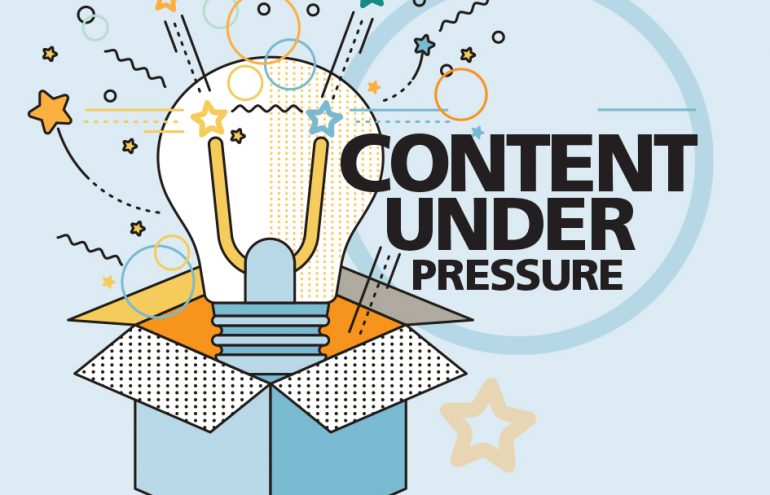
Blockchains — a sort of digital ledger best known for powering the bitcoin digital currency — have been getting a lot of attention from lawyers for their potential to change how people transact. Specifically, there are a number of software projects aimed at applying blockchains to create self-executing “smart contracts” (or at least trying to). Lawyers often deal with how people transact, so it’s probably a good idea for lawyers to understand blockchains. Understanding blockchains is hard, though, especially when approaching them from a legal standpoint without looking under the hood from a technology standpoint. Here are some of the best resources for understanding blockchains from outside of law.
Originally published June 12, 2017
Most professionals have a complicated relationship with public speaking — particularly if it is a good business development opportunity. On the one hand, you're pretty sure you want this gig. It could be the start of something good for your practice. On the other, it can be darn intimidating when you stand up in front of a crowd knowing they expect you to be the expert. Talk about pressure! It will help you manage your anxiety and do an extraordinary speaking job if you get lots of information up-front. Here are five key questions to ask before you say you’re all in.
June 9, 2017 1 1
Blog posts, podcasts and videos aren’t the only options for sharing content on your law firm’s website and social media platforms. Infographics offer an easy way for readers to review — and quickly grasp — visualized data. They are an engaging way to educate clients and prospects and share your knowledge. To get the most out of infographics, though, you’ll need to follow a few best practices.
Originally published June 8, 2017
A client dinner is a beautiful thing. There’s food and wine and balloons and maybe a small token of appreciation. Somebody makes a speech that mentions “paradigm shift” 31 times and everyone falls asleep. Sometime between the main course and the cheesecake, the phones come out. Then, one by one, the whole room checks out … and you think to yourself, maybe there’s a better way. There is.
June 7, 2017 0 1
You need to have relevant content available online so that when prospects search for information that touches on your specific area of expertise, they’ll be more likely to find you. Whether published articles, guest blog posts, webinars, podcasts, online forums or social media posts, when your experience shows through in your content, it becomes the foundation for effective marketing through thought leadership. This is a highly effective strategy for increasing visibility and accelerating market influence.
Originally published June 6, 2017
The idea of a “tribe” is powerful. Who would not feel connected in a group of people tied together by common values, traditions or goals? Tribes have two distinct yet equally important roles to play in your law practice — particularly if you are a solo practitioner. First, connecting with the right tribe can help you bring in more clients. Second, a tribe of colleagues who share knowledge and provide much-needed support not only makes you a better lawyer — it can provide ethics safeguards.
June 5, 2017 0 2
Recently Attorney at Work caught up with three innovative lawyers — all speakers at this spring’s Lawyernomics conference, hosted by Avvo — for their thoughts on what it means to run a law practice like a business, the biggest bet they’ve placed on themselves, and what challenges solo and small firm lawyers face in the next five years. Plus, a few favorite apps. Here's advice on moving your practice forward (and moving pianos) from Vanessa Vasquez de Lara, Ozan Varol and Jennifer Brandt.
Originally published June 2, 2017
Most of us have a generally good grasp of English usage and punctuation. The problem is that some usage and punctuation errors are so subtle and pervasive that we are tricked into thinking they are correct. Additionally, language use is constantly evolving, and thanks to the internet, it changes faster than ever. Throw in wrinkles such as how to express numbers and dates, when to italicize, or how to quote regulations and you have a proofreader’s migraine in the making. That's why you need a style guide and usage standards.
June 1, 2017 0 0
Dealing with each email message in order in your inbox can lead to context switching — a major drag on productivity. The time spent doing triage can instead be used to handle business email. To minimize email triage time, build these five email habits.
Originally published May 31, 2017
When lawyers are surveyed about what keeps them awake at night, the top issue is almost always a feeling that their offices or cases are out of control. It’s not just a fear. In my experience, for far too many lawyers, it’s a true state of being. Why is that the case, and how can it be fixed? Start by characterizing the problem.
Originally published May 29, 2017